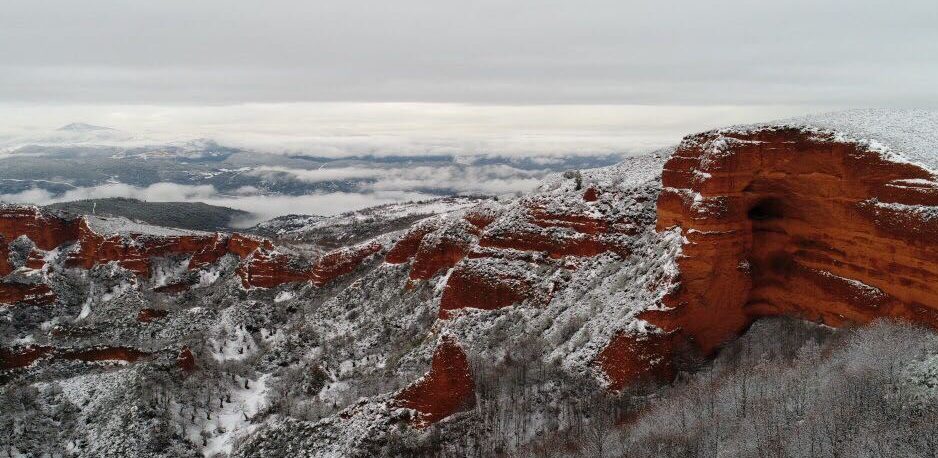An investigation by the ULE on earthquakes in the Iberian Northwest has been published
Javier Fernández-Lozano analyzes a new model to explain the changes in the depth at which seismic movements occur and the origin of some mineral deposits
ICAL
The popular science magazine ‘Investigación y Ciencia’ dedicates its issue this December to a special on earthquakes and among the scientific texts collected in its pages, there is an article on earthquakes and mineralizations in the Iberian northwest signed by the researcher Javier Fernández-Lozano, professor in the Department of Mining Technology, Topography and Structures of the School of Mining Engineers of the University of León.
The article focuses in particular on the origin of Las Médulas, one of the most important Roman gold mines in the world and a UNESCO World Heritage Site, through an investigation carried out by geologists from the universities of León, Rey Juan Carlos and Complutense de Madrid, which analyzes the origin of seismicity in El Bierzo and explains the process of formation of mineral deposits of strategic metals such as gold, tungsten and tin, as is also included in the article published in the magazine ‘Investigación and Science ‘.
One of the most controversial aspects of seismicity in the Iberian Peninsula is why earthquakes occur in the northwest, an area that is hundreds of kilometers away from the active plate boundary. The research has analyzed, through a series of models, the mechanisms that influence the variations in depth at which earthquakes occur throughout the northwest of the peninsula, and has allowed the authors of the work to know the responsible mechanisms. To study these earthquakes, the team produced a scale replica of the northwest of the peninsula.
The study also has important implications for explaining the formation of mineral deposits of strategic metals such as gold, tungsten and tin. Fractures throughout the northwest act as valves that pump hot fluids into shallow areas of the crust, where these elements precipitate. However, not all processes of this type form important mineral deposits, but on occasions, as in many regions of Galicia, Zamora and Salamanca, these hot waters give rise to natural hot springs and spas.
As he concludes in his article, “the study of fluid pressure-induced seismicity can contribute to improving our understanding of the relationship between earthquakes and the location of mineral deposits in deep areas of the crust.”


:format(webp)/cloudfront-us-east-1.images.arcpublishing.com/grupoclarin/XM6EP3SM5REKNBOIXJSOCDCOOA.jpg)


